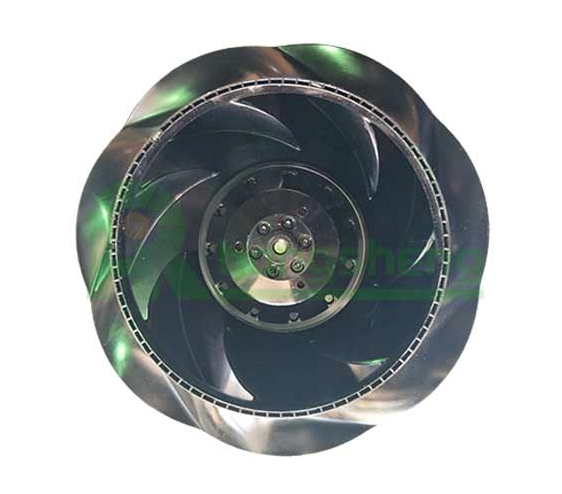Several Common Speed Adjustment Methods Of The Fan
By adjusting the speed, fans can meet the requirements in different environments and working conditions. We will list several common speed adjustment methods of the fan.
1.The speed of the cooling fan can be adjusted by adjusting the working power supply voltage.
2.PWM speed regulation: Some 3-wire or 4-wire DC fans and EC fans usually have a PWM speed regulation function. Stepless speed regulation of the fan is achieved by adjusting the duty cycle of the PWM signal.

3.Temperature control function (TC): Fans with temperature control function are generally implemented using NTC thermistors. According to the characteristics of NTC with different resistance values at different temperatures, the fan can automatically adjust the speed according to the temperature.
4.0-10V voltage speed regulation: The fan speed can be adjusted by providing different voltage values between 0 and 10V to the fan control signal. Generally, 0-10V and PWM can be shared.
5.Speed regulation through RS485 communication interface: Fans with RS485 interface are usually embedded with MODBUS protocol, allowing users to realize speed regulation and control of the fan through the host computer or workstation. The underlying speed regulation principle is still realized through the PWM drive circuit.
6.Series capacitor speed regulation: This speed regulation method is aimed at AC fans. The speed is adjusted by connecting capacitors with different capacitances in series in the main circuit.
We will demonstrate and explain to you how to connect these fan speed control methods. Follow me to learn more about fans!

 English
English Français
Français Deutsch
Deutsch Português
Português Español
Español русский
русский  한국어
한국어 العربية
العربية Italiano
Italiano Indonesia
Indonesia Schweiz
Schweiz Polski
Polski Nederlands
Nederlands ישראל - עברית
ישראל - עברית Perzisch
Perzisch ไทย
ไทย 日本語
日本語 ኢትዮ-አማርኛ
ኢትዮ-አማርኛ Việt Nam
Việt Nam Kiswahili
Kiswahili Srpski
Srpski Ελληνικά
Ελληνικά 简体中文
简体中文 whatsapp
whatsapp


